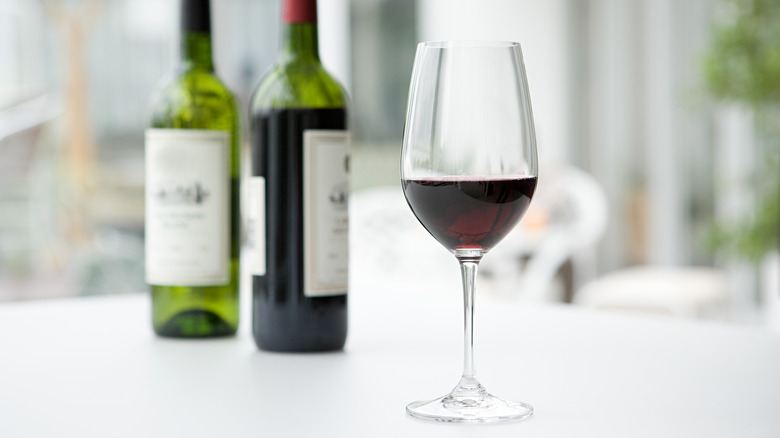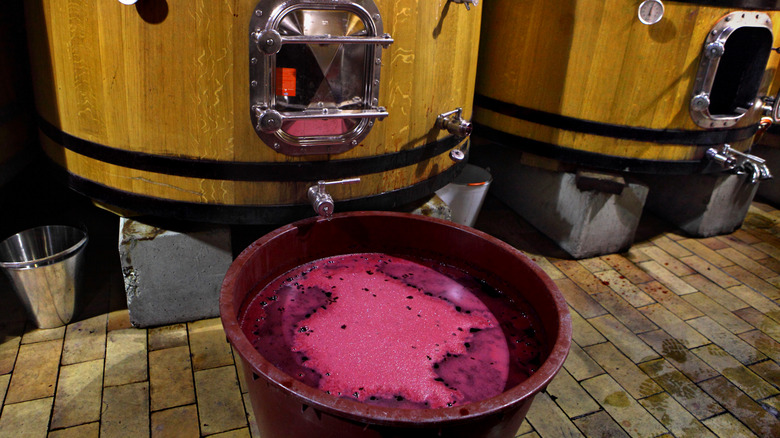What Is A Red Blend And How Is It Different From Other Red Wines?
Winemakers know cabernet sauvignon grapes yield wines that can taste of red or dark-skinned fruit. They know that merlot is fruity with a signature happy medium of both tannic and acid levels; that petit sirah is both peppery and tannic, which can give it a bitter note; and good pinor noir will be light with a hint of red fruit. They also know that when each monovarietal wine is mixed in different quantities, they will end up with a new wine that could marry the best qualities of each, which is what you get when you choose to drink a red blend.
Red blends may sound new and trendy but they've been around for centuries – long enough for winemakers to know which grapes work well together and why. Some of the oldest and best-known red wines in the world today are red blends, and they have become a standard to which today's best blends aspire. Traditional Red Blends include French Bordeaux, "GSM" or blended Grenache-Syrah-Mourvèdre, and Red Rhone. You might also be familiar with Spanish rioja, Portuguese douro tinto, and Italian chianti. Each is mixed to set proportions, which in turn gives these wines their signature taste.
How red blends are made
Creating a red blend today is not just about throwing different types of grapes or wines together in order to get something new — although that's how it started. Early California red blends were table wines that were made by amalgamating whatever grapes might have been growing at the time. Many of the red blends today made for mass consumption are characterized as smooth and pleasant; some even have sugar added to the wine mix to remove the bitter tannic taste.
High-end red blends are a slightly different story. In order to craft a red blend, winemakers begin with a base, which will ultimately define the flavor of the beverage. From there, they add different wines with different characteristics in order to add character. A red Bordeaux, for instance, will be made with cabernet sauvignon, cabernet Franc, and merlot grapes only. Winemaker Mike Macmorran describes the process of creating a red blend as taking "individual pieces [to] make the sum of what you're blending better than those individual pieces you started out with," per Wine Enthusiast.
Red wines aren't the only ones that can be blended. There are white blends too, like white Bordeaux, made Italian soave, Spanish cava, and French Champagne. And like red blends, white blends showcase the best qualities of the grapes used to make them.

